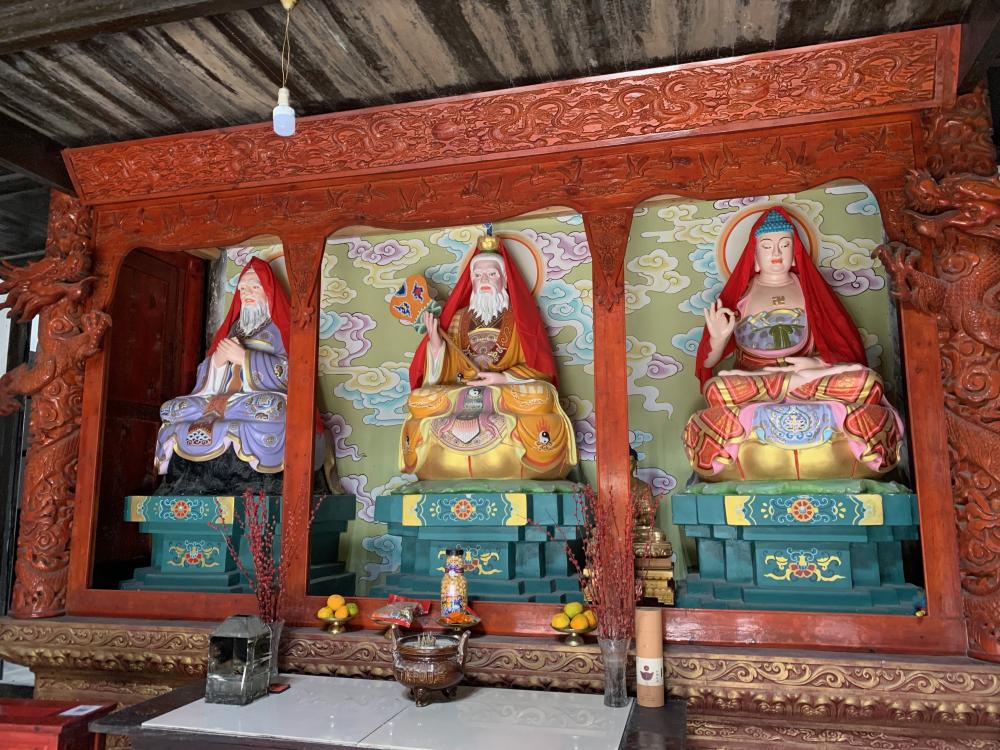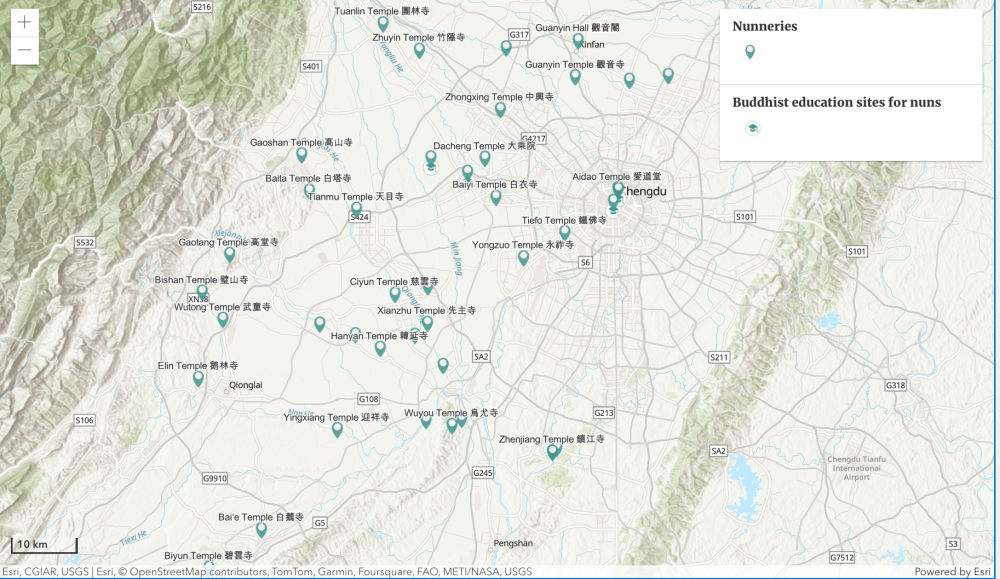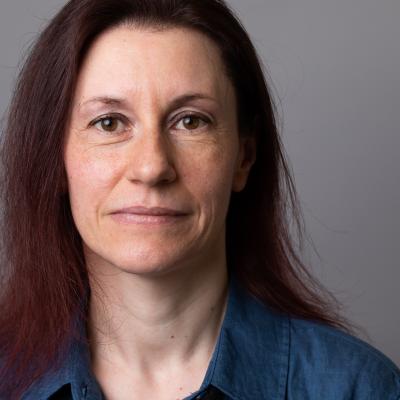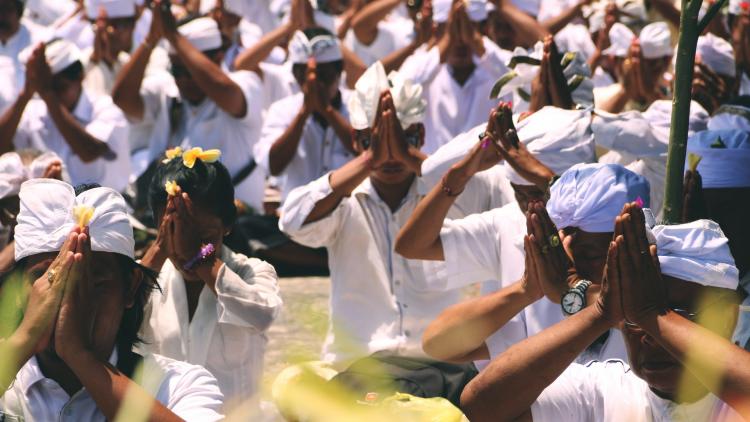Mapping religious diversity in modern Sichuan: A spatial and social study of communities and networks
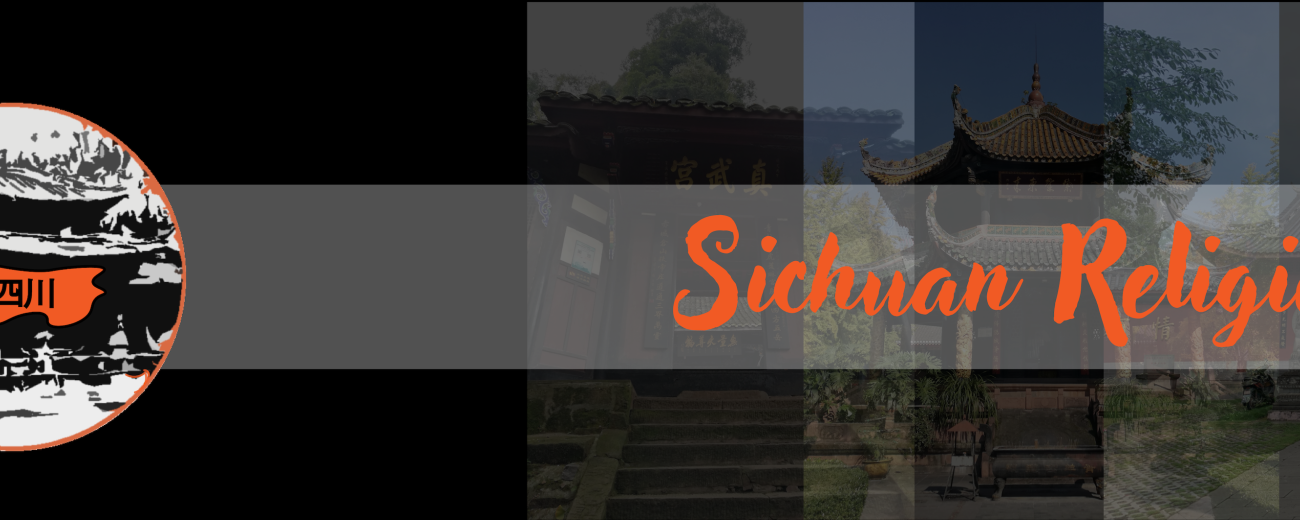

A multi-year and interdisciplinary project that explores patterns of religious diversity in Sichuan from the 1800 to today, and relocates Sichuan from the periphery to the centre of the study of Chinese religions.
Within China, the province of Sichuan is unique for the high concentration of ethnic and religious diversity, and the intertwined net of heterogeneous communities that form the local religious landscape. This uniqueness makes Sichuan a crucial case study of religious and ethnic diversity. In this project, some studies highlight dynamics of religious communities in urban areas, others look at practices in rural settings.
Our research also shows attention to the role of women in religious communities; and it develops a discussion of religious diversity in dialogue with the discourse of ethnicity, addressing tension as well as inclusion practices between Han and Tibetans, relations between the Hui and the Han in Chengdu, and between the Hui and the Yi in Xichang.
Our research has two main objectives:
- The discovery forms of cooperation, co-existence and exchange between religious identities and groups, synchronically and diachronically, going from communities hosting and merging multi-faith beliefs and rituals and the formation of inter-religious networks, to sites that have changed religious and cultural identities and social meanings throughout the time
- The study of the modern history of individual traditions within Sichuan, synchronically and diachronically, and in dialogue with members of the same traditions in other regions; this dialogue has eventually generated intra-religious networks. The project website, which is well known and constantly consulted and highly praised by colleagues in the field, includes details and data of our studies, and several digital maps.
About the project
The project, funded by the Chiang Ching-Kuo Foundation for International Scholarly Exchange, is directed by Stefania Travagnin (SOAS, University of London) with Elena Valussi (Loyola University Chicago). It counts the participation of 13 scholars from several disciplinary trainings (history of religion, Chinese studies, anthropology, sociology, ritual studies, media and material culture), and affiliated to institutions in North America, Europe, China, and Taiwan.
Dr. Lars Laaman, from SOAS, is also participating in the project. The team collaborates with local scholars in Sichuan and relied on a large network of religious communities in Sichuan and Chongqing.
